The quality of a finish can be determined by film tests which are standardized. The resistance to staining with various hot or cold liquids, scratching, temperature variations, adhesion of the film to the substrate, etc. The tests are carried out at least 14 days after application (some standards 30 days) and must be carried out by accredited laboratories in order to issue an analysis report. But we do not always need an official "answer". Sometimes we simply want to see if what we are doing is right. For that there are always simple, sometimes empirical, but very useful methods. This is the case with the adhesion of the lacquer film to the substrate or the adhesion of the finishing coats to each other.
But first let's see what causes the lack of grip. I will list the most important ones:
- wood humidity too high
- sanding improper whitening of wood or between layers
- contamination of the substrate with various substances - waxes, oils, dust, etc.
- too low or too high a temperature in the working environment
- large temperature difference between the object to be finished, the varnish and the environment
- failure to comply with freezing or drying times
- not respecting the mixing ratio with catalyst
- incompatibility between finish coats
- spraying wrong - air pressure too high or too low, distance to the object too great or too small
- too much pigment in the base product
- wood with a high resin/oil/tin content that requires a first coat of insulating coat to be applied before the regular finish
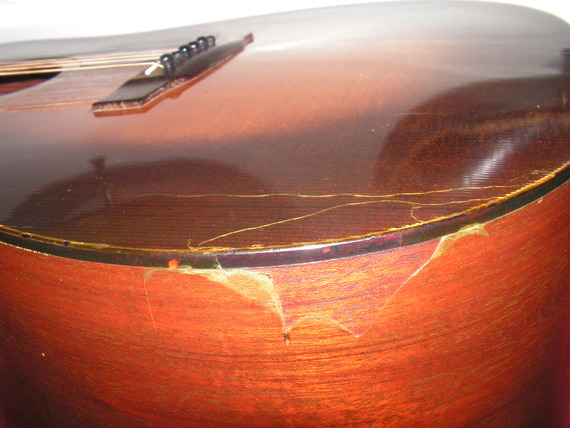
Just seeing how many factors influence grip and you wish you had a simple method to test it. And the simplest is coin testing. A 50-penny coin can be used, which is gently pressed over the finished, dry surface.
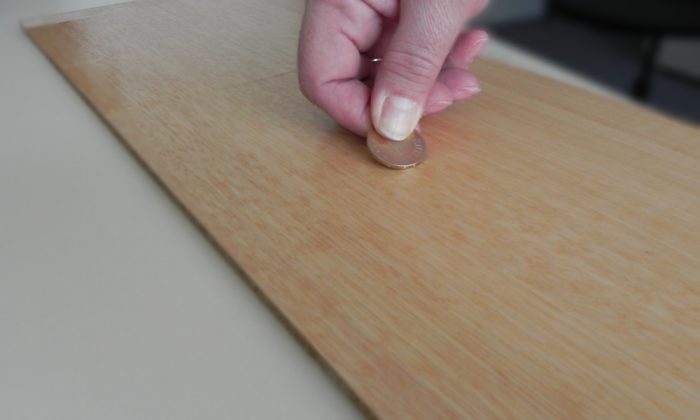
If there is no white residue or the varnish layer is not scratched, then the adhesion is good. Practically no trace should remain behind the coin. Usually, after the coin has been passed, the surface is wiped with a soft cloth to see the marks better.
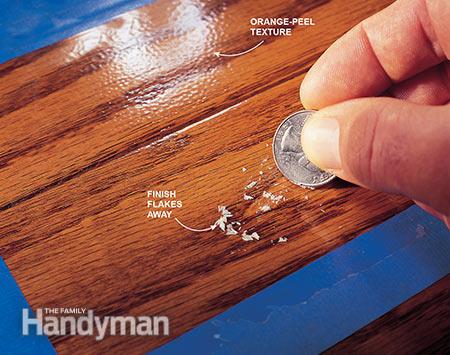
The remaining white streak is wider than a normal scratch and indicates that the film has peeled away from the wood or the finish layers have peeled off from each other and air has penetrated between them, causing the white color.
Another way of testing is grid test, which is derived from the standardized testing method itself. Basically, a grid of the "X's and O's" type is made on the finished surface with a pointed object. In the standardized method, a device is used which draws the grid lines at well-determined distances from each other, resulting in identical squares.
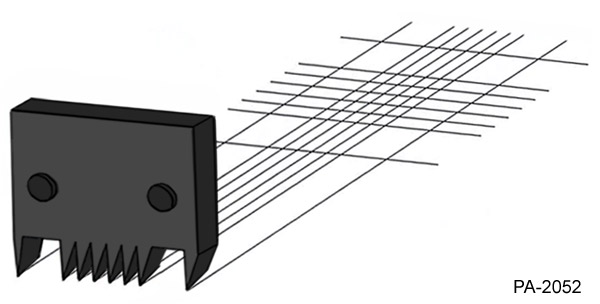
The factory uses a cutter, a scalpel or a blade, and the squares are no longer as neat. For the most accurate answer it's best to keep the squares as small as possible. The cutter needs to be very sharp so that the cut is as fine as possible, so as not to break the film.
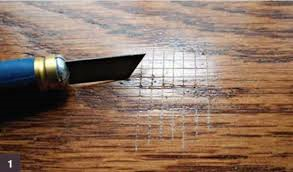
Glue a piece of scotch tape (you can also use paper scotch tape) over the grid, pressing lightly on top to make sure it is well stuck all over the surface, then pinch one end and pull it off.
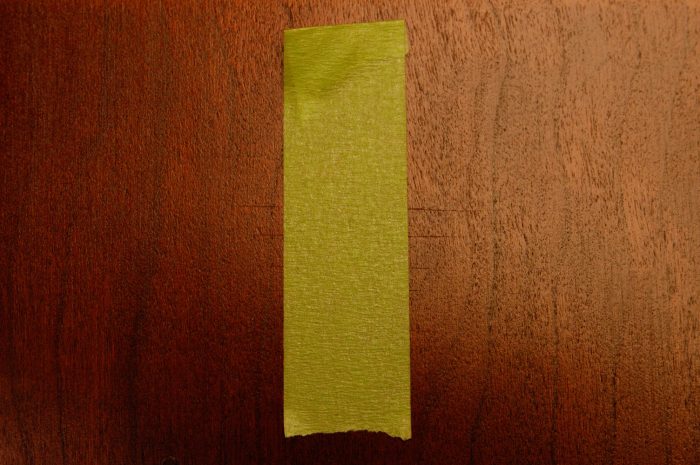
Depending on how much varnish remains on the piece of tape determines the quality of adhesion. In the standardized version there is a division into several categories - very good, good, acceptable or no adhesion, and the classification is made by comparing the grid in the standard with the result obtained.

In the factory test things are simpler. If nothing has come loose, or only the latex along the cuts, the grip is good.
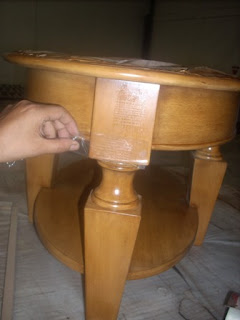
If the squares come off, the film has no adhesion.
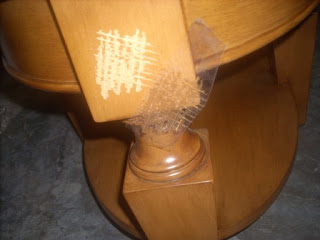
Other variations can be made using this method. You can draw a small triangle or a small square, then put the tape on it and pull it out. The answer to these tests is less certain.

And those repainting or refinishing furniture can do this test, or an even simpler one. Over the refinished surface, apply adhesive tape, then pull it off. Normally, no varnish should remain. If it does, the two coats are not compatible and there is no adhesion between the coats. It is a good idea to test before applying to the entire surface; try on a more hidden part.
Both methods of determining adhesion are simple and can be done without problems in the factory, in the workshop or at home. The difference between them is that, whereas in the first method the film is only damaged if it lacks adhesion, in the second method the film is damaged even if it has adhesion. This is why the test should be carried out in places without visibility and the grid should be as small as possible.



































Add comment